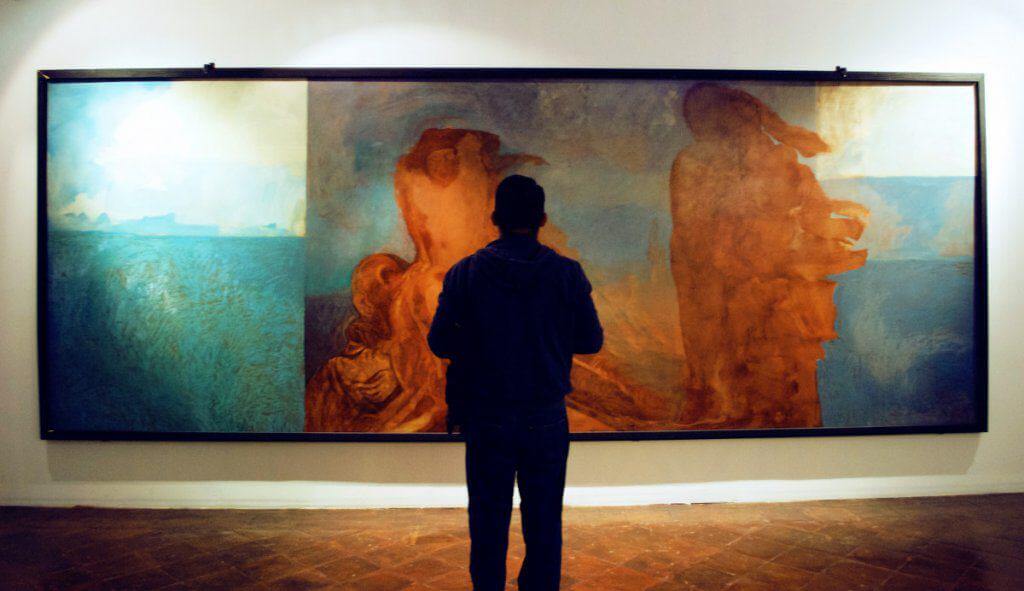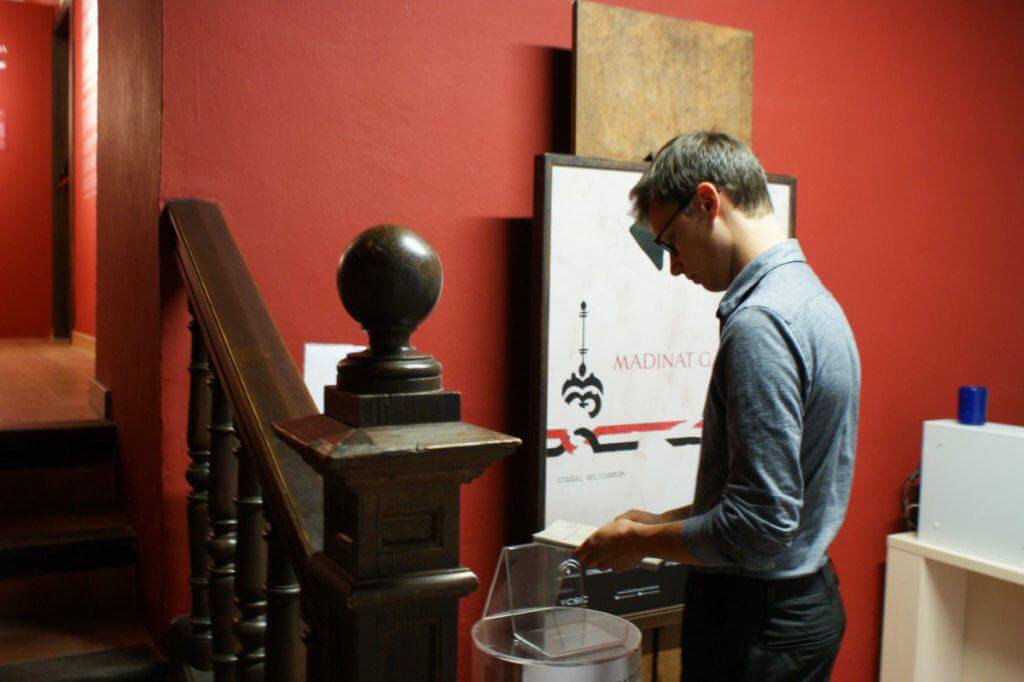Visiting museums doesn’t need to be an educational activity; we can always find the intellectual, sensory and aesthetic pleasure they have to offer.
That’s why we can see museums as places to develop our intellectual ability interacting with the different pieces or exhibitions available to us. In addition to this interaction we create when we visit a museum, we can add the multi-sensory pleasure (hearing, sight, touch, smell, taste) conveyed to us by the art, that is to say, the enjoyment of the art. The experience can always be improved upon. If we have prior knowledge about what we’re going to see, then we can get deeper into it, considering the objects or relating the information we already had with the pieces of art we’re going to see.

Some places we can get information from before seeing a museum are in their leaflets and brief guides. In addition to visiting their website beforehand, we can always get information on the works and the artists in the museum; this is also useful for selecting the most attractive parts and the ones we want to start with. Depending on the museum we’re going to visit different types of basic knowledge are useful, for example in a museum focusing on paintings, having knowledge about legends, history and religion can help us to recognise the image captured by the artist.
When you’re in a museum we can offer some advice for perceiving the art in a different way. For example, in an art museum, you can let yourself be drawn in by a piece’s characteristics, the colours, the combination of them, in addition to the shapes. This interaction with the art can convey new sensations and get you to connect with the artist’s intent, some visual interplay, an abstract representation or something that’s unrealistic. After this each person will be able to personally assess the art since not everyone has the same concept of beauty… When interacting we also remind you of how important it is to listen, not every museum has the same silent atmosphere. In fact cathedrals for example tend to have a cooler and more solemn atmosphere. If we’re speaking about touch, we need to be careful since in the majority of museums it is forbidden to touch anything, except in science museums where we’re supposed to experiment with everything. As far as museums for taste and touch, we have to reserve those things for food museums, where we can stimulate such senses. It’s worth mentioning here that some museums do focus on stimulating the five senses and they want to provoke such reactions from their visitors.

So remember to see your next time visiting museums it may be a fun experience for the senses, and you can also do a bit of prior research.
Source: Ese extraño lugar llamado museo. Guía breve para sacar e máximo partido a tus visitas al museo – Ed Chroma Cultura

